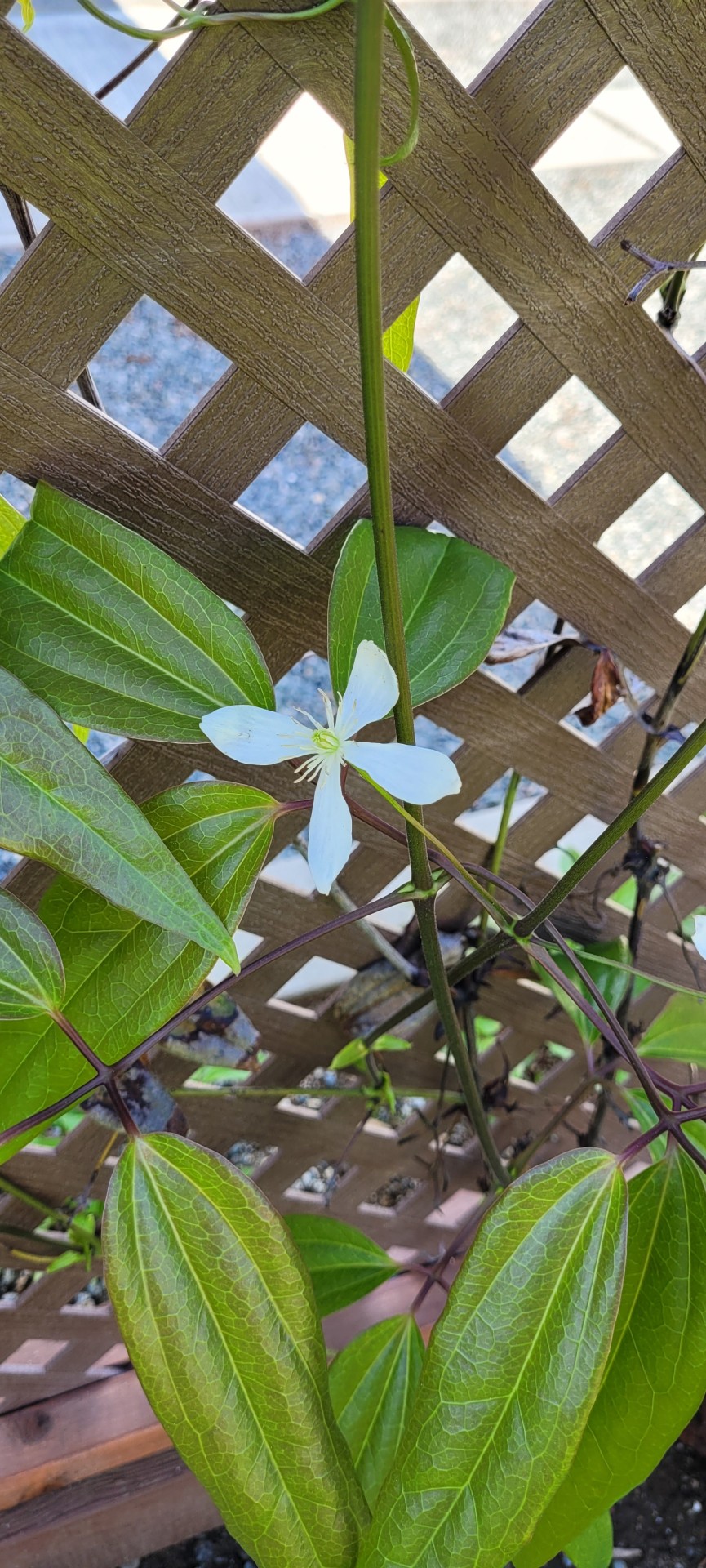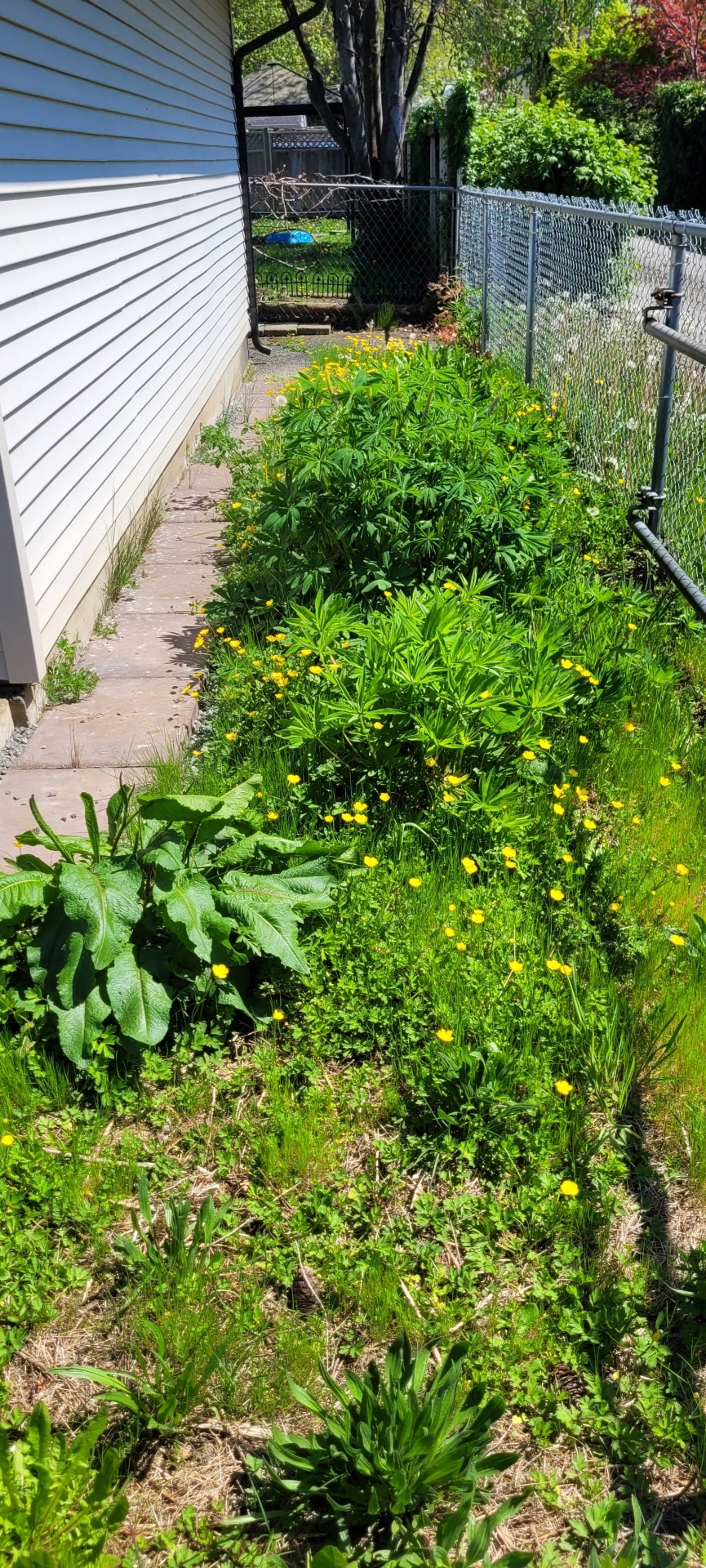#foamflower
Explore tagged Tumblr posts
Text
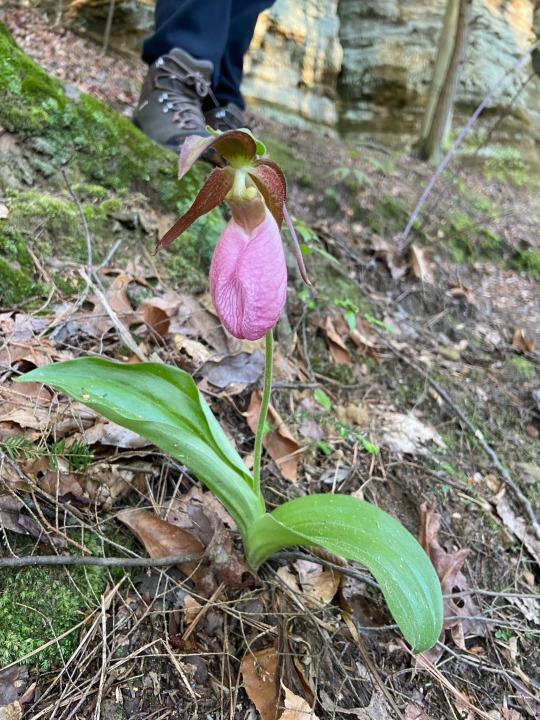
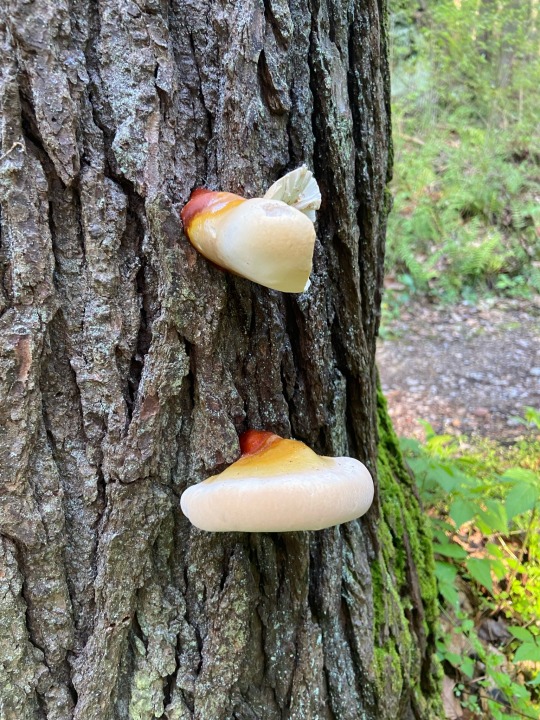

Really lovely spring evening tonite
#gfdelmar og#nature#hike#naturecore#adventurecore#flowers#wildflowers#orchid#pink lady’s slipper#hemlock#hemlock Reishi#Reishi#mushroom#mushrooms#fungi#orchids#foamflower#forest
15 notes
·
View notes
Text

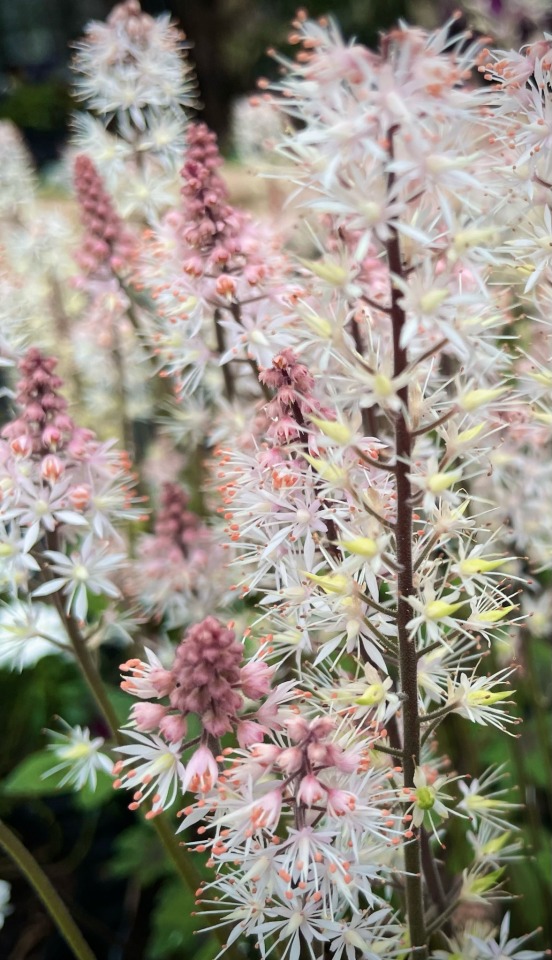
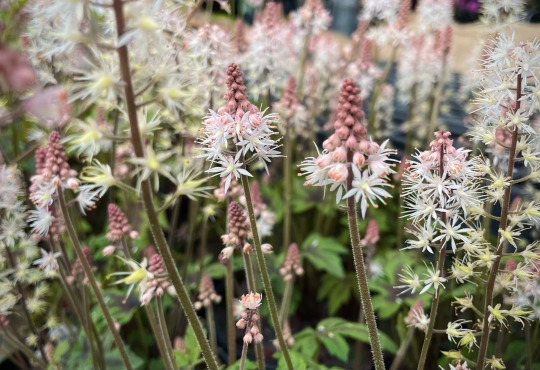
‘Spring Symphony’
Foamflower
Tiarella Cordifolia
March 22nd, 2024
18 notes
·
View notes
Text
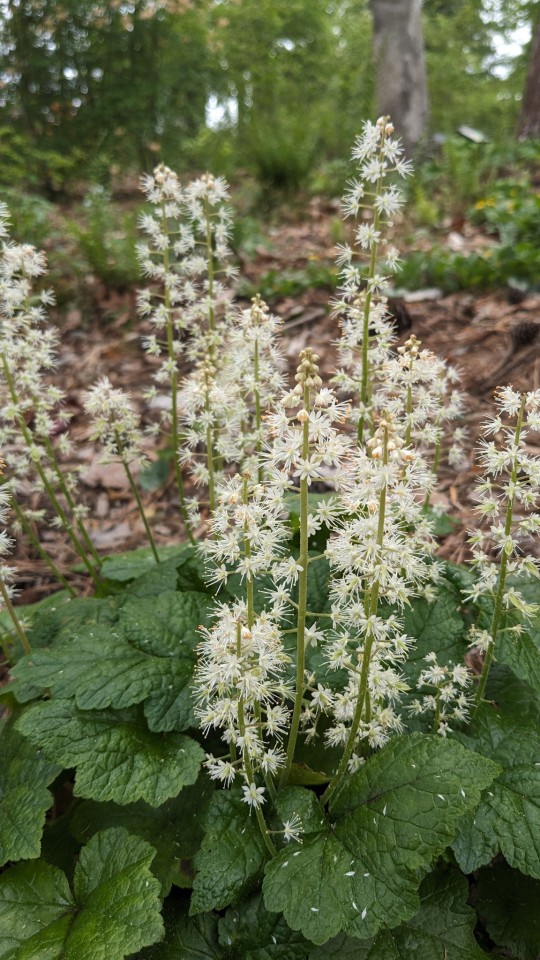
Tiarella cordifolia / Heart-Leaved Foamflower at the Sarah P. Duke Gardens at Duke University in Durham, NC
#Tiarella cordifolia#Tiarella#Saxifragaceae#Heart-leaved Foamflower#Heart leaved Foamflower#Foamflower#Allegheny Foamflower#False miterwort#Coolwort#Native plants#Native flowers#Plants#Flowers#Nature photography#photographers on tumblr#Sarah P. Duke Gardens#Duke Gardens#Duke University#Durham#Durham NC#North Carolina
10 notes
·
View notes
Text
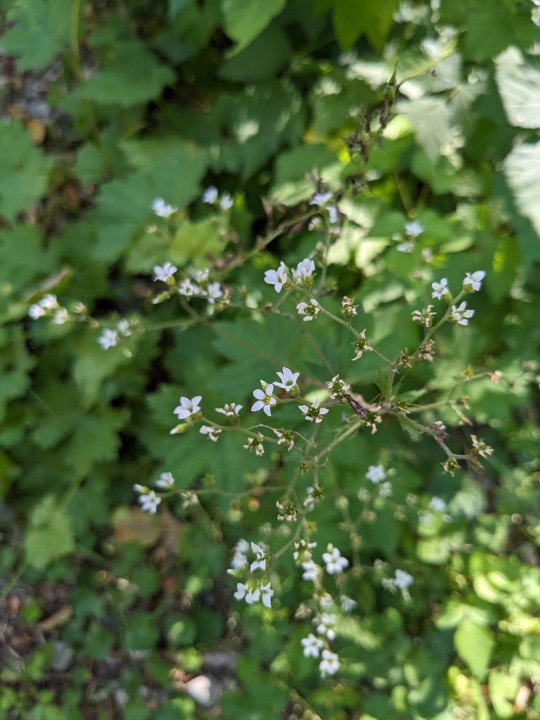
i think Tiarella trifoliata but not actually sure
3 notes
·
View notes
Text
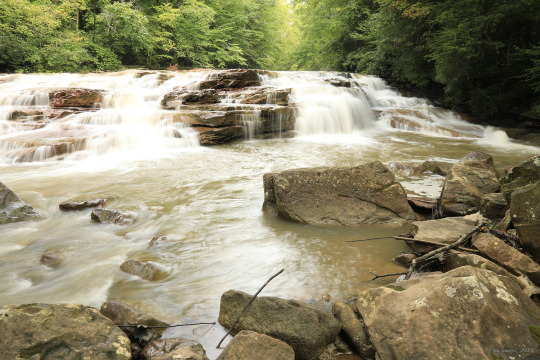
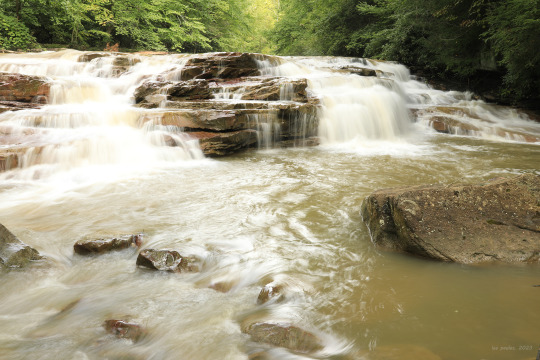
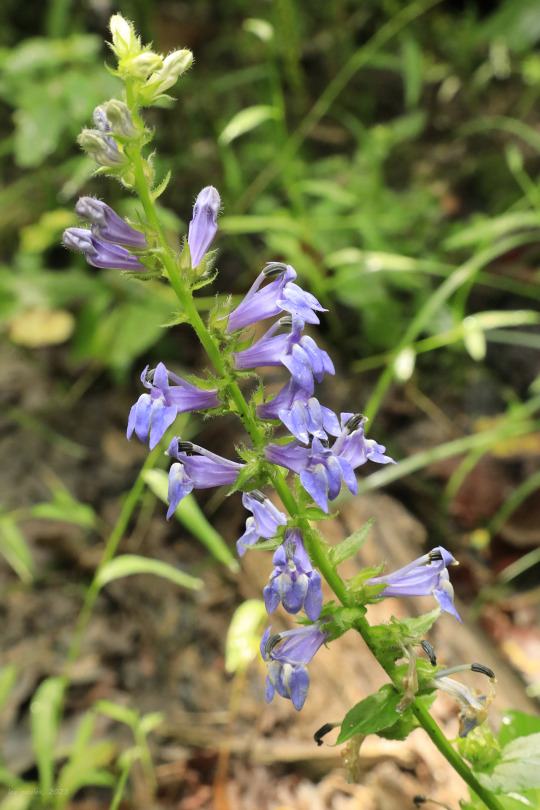

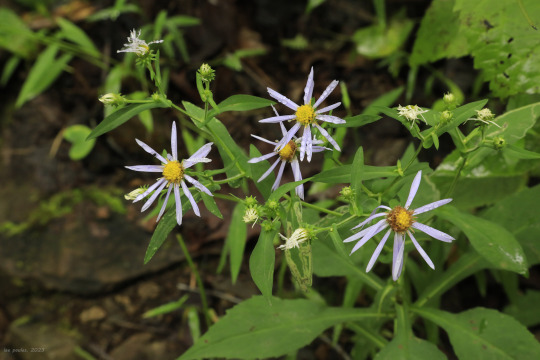
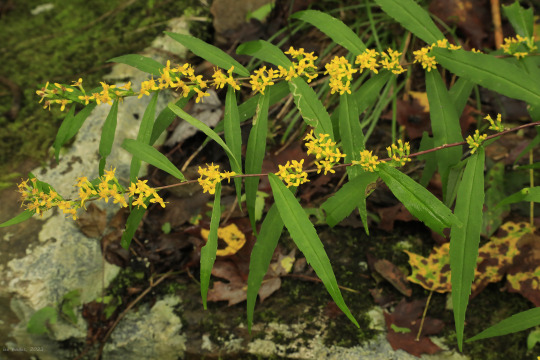
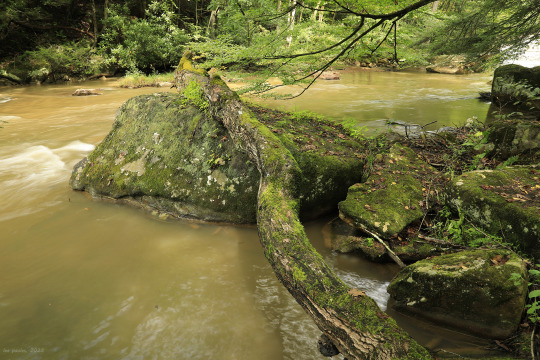
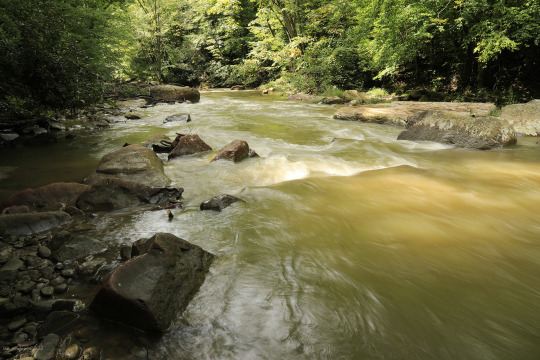
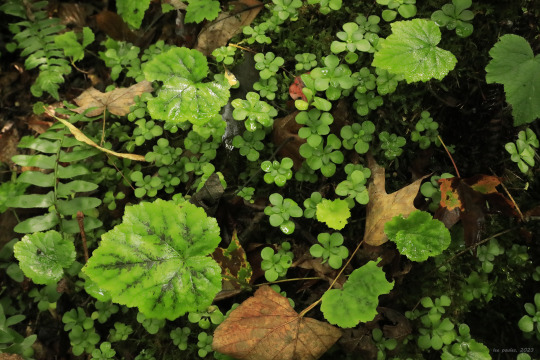
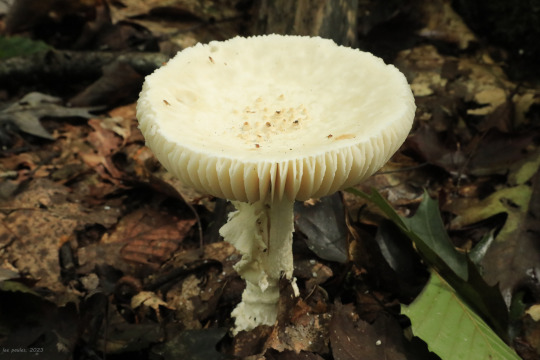
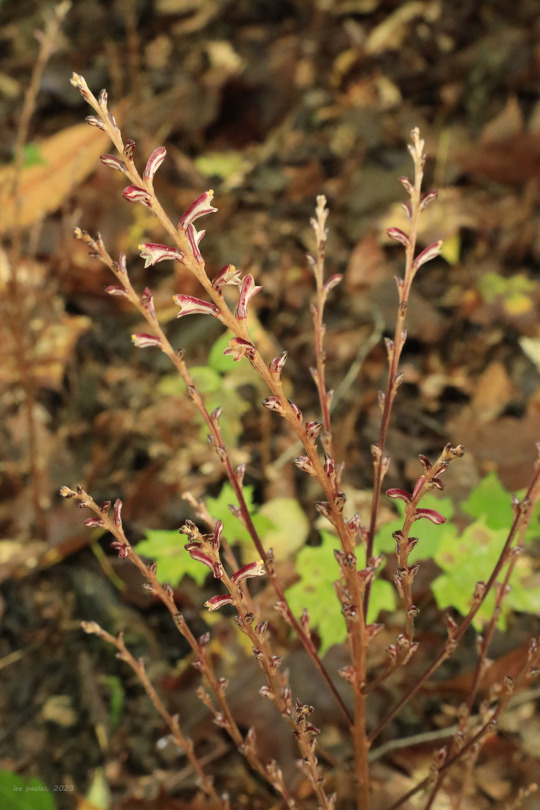
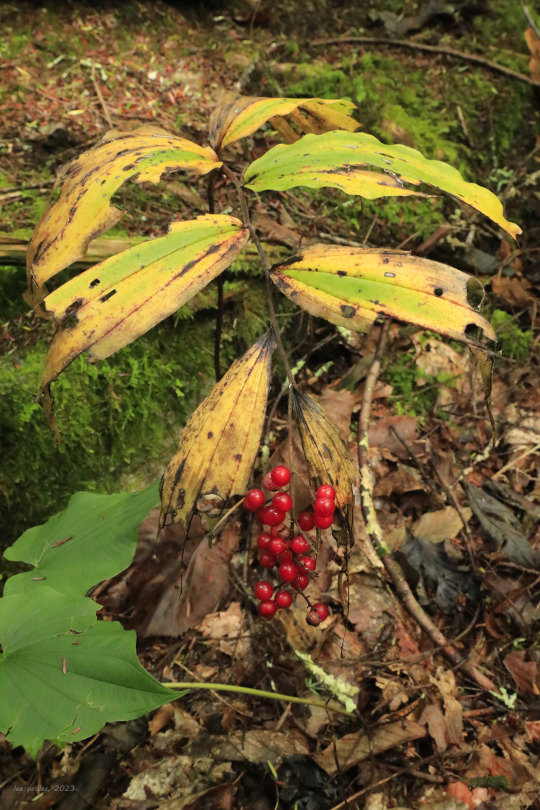
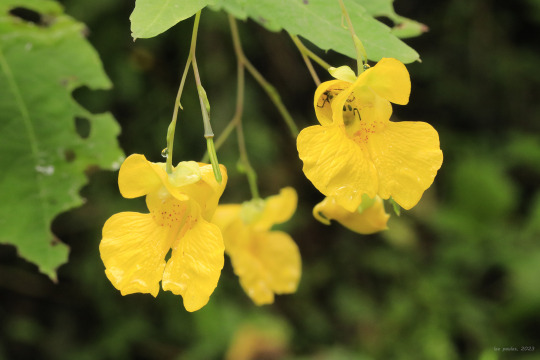
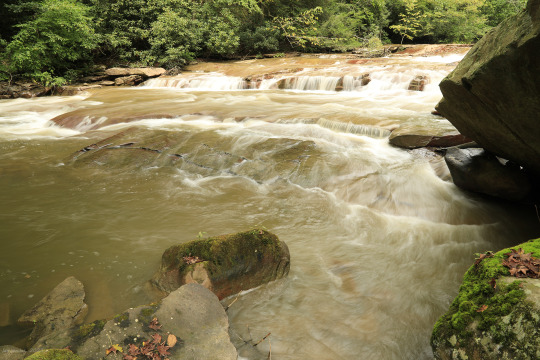

Despite its undignified name, Muddy Creek is a lovely mountain stream that normally runs fast and clear on its steep descent to Cheat River. But after a week of heavy rain in NC-WV, the stream looked a bit murky yesterday. Not even the sediment washing away from the mountains dims its beauty in my eyes. And the enchanting, moss-encrusted forest along its bank holds its own late summer treasures.
From top: great blue lobelia (Lobelia siphilitica), which pairs beautifully with cardinal flower to provide late summer color in a native wildflower garden; white wood aster (Eurybia divaricata), which is the most common of the shade-loving white asters in this area; crooked-stemmed aster (Symphyotrichum prenanthoides), also known as zigzag aster, whose clasping, spatula-shaped leaves distinguish it from big-leaf aster, another woods-loving aster with lavender flowers; blue-stemmed goldenrod (Solidago caesia), whose spreading, yellow-flowered stems provide stunning late-season color in a native wildflower garden; an intensely-green collage of moss, woodland stonecrop (Sedum ternatum), Christmas fern (Polystichum acrostichoides) and heartleaf foamflower (Tiarella cordifolia), which I am trying hard to reproduce in my own native wildflower shade garden; the shaggy-maned stem of Coker's Amanita (Amanita cokeri), one of the most impressive mushrooms of Appalachia's summer forests; beech-drops (Epifagus virginiana), a parasitic plant that grows and subsists on beach tree roots; the bright red berries of false Solomon's seal (Maianthemum racemosum); yellow jewelweed (Impatiens pallida), whose explosive seed pods give the plant its other common name, pale touch-me-not; and narrow-leaved tick-trefoil (Desmodium paniculatum), also known as panicled tick-trefoil, a late summer pea whose sticky seed pods commonly hitch rides on shoes and boots.
#appalachia#vandalia#west virginia#wildflowers#flora#summer#muddy creek#cheat river#preston county#fungi#coker's amanita#great blue lobelia#white wood aster#crooked-stemmed aster#zigzag aster#blue stemmed goldenrod#woodland stonecrop#christmas fern#heartleaf foamflower#beech-drops#beech drops#false solomon's seal#solomon's plume#yellow jewelweed#pale touch-me-not#narrow-leaved tick-trefoil#panicled tick-trefoil#falls#rapids#mountain stream
103 notes
·
View notes
Text
Glitter Foam Sheet Crafts Idea
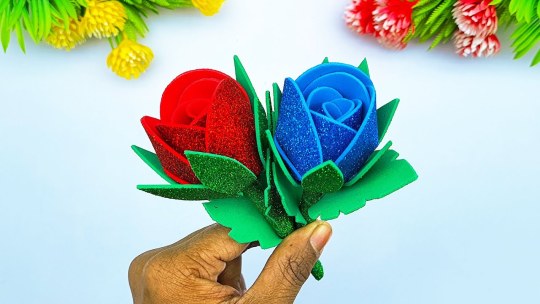
0 notes
Text
Word List: Flower

beautiful words with "flower" to plant in your next poem/story
Blanketflower - gaillardia—i.e., any of a genus (Gaillardia) of American composite herbs with showy flower heads
Cuckooflower - a bitter cress (Cardamine pratensis) of Eurasia and North America; ragged robin (i.e., a perennial herb, Lychnis flos-cuculi, of the pink family cultivated for its pink flowers with narrow-lobed petals)
Dayflower - any of a genus (Commelina) of herbs of the spiderwort family having one petal smaller than the other two
Flowerage - a flowering process, state, or condition
Floweriness - of, relating to, or resembling flowers; marked by or given to rhetorical elegance
Foamflower - a spring-flowering herb (Tiarella cordifolia) of eastern North America that has white flowers with long stamens and no stem leaves; also called: false miterwort
Gillyflower - carnation (i.e., a plant of any of numerous often cultivated and usually double-flowered varieties or subspecies of an Old World pink, Dianthus caryophyllus, found in many color variations; also: a moderate red; archaic: the variable color of human flesh)
Globeflower - any of a genus (Trollius) of plants of the buttercup family usually with globose yellow or orange flowers
Nonflowering - producing no flowers; specifically: lacking a flowering stage in the life cycle
Pasqueflower - any of several anemones with palmately compound leaves and large usually white or purple early spring flowers
Passionflower - any of a genus (Passiflora) of chiefly tropical woody tendriled climbing vines or erect herbs with usually showy flowers and pulpy often edible berries
Satinflower - honesty; blue-eyed grass; common chickweed; flannelflower; a plant or flower of the genus Godetia
Strawflower - any of several plants having everlasting flowers
Twinflower - a prostrate subshrub (Linnaea borealis) of the honeysuckle family that is found in cool regions of the northern hemisphere and has fragrant usually pink flowers
Waxflower - a climbing plant (Stephanotis floribunda) of Madagascar often cultivated in the greenhouse for its fragrant white flowers; an epiphytic tree (Clusia insignis) of British Guiana; indian pipe; spotted wintergreen
If any of these words make their way into your next poem/story, please tag me, or leave a link in the replies. I would love to read them!
More: Word Lists
#word list#flowers#writeblr#dark academia#spilled ink#writers on tumblr#literature#writing prompt#poetry#poets on tumblr#light academia#lit#words#langblr#linguistics#nature#creative writing#gustave caillebotte#writing inspo#writing inspiration#writing ideas#writing reference#writing resources
182 notes
·
View notes
Text
An App Does Not a Master Naturalist Make
Originally posted on my website at https://rebeccalexa.com/app-not-master-naturalist/ - I had written this as an op-ed and sent it to WaPo, but they had no interest, so you get to read it here instead!
I have mixed feelings about Michael Coren’s April 25 Washington Post article, “These 4 free apps can help you identify every flower, plant and tree around you.” His ebullience at exploring some of the diverse ecological community around him made me grin, because I know exactly what it feels like. There’s nothing like that sense of wonder and belonging when you go outside and are surrounded by neighbors of many species, instead of a monotonous wall of green, and that is a big part of what led me to become a Master Naturalist.
When I moved from the Midwest to the Pacific Northwest in 2006, I felt lost because I didn’t recognize many of the animals or plants in my new home. So I set about systematically learning every species that crossed my path. Later, I began teaching community-level classes on nature identification to help other people learn skills and tools for exploring their local flora, fauna, and fungi.
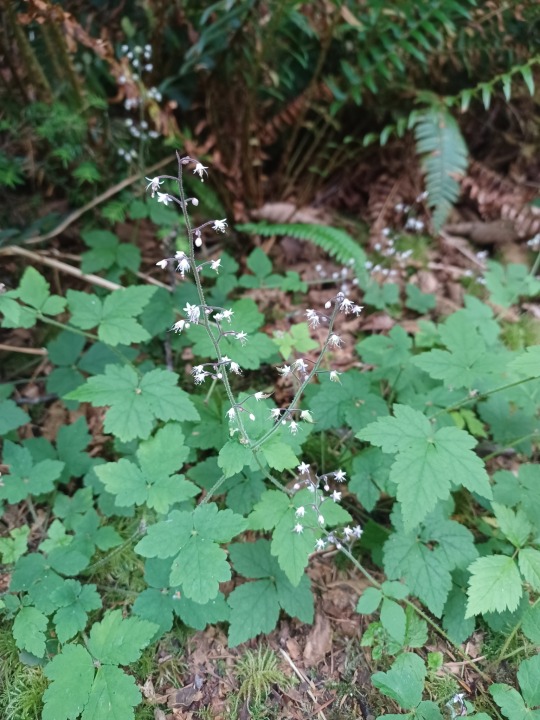
Threeleaf foamflower (Tiarella trifoliata)
Let me be clear: I love apps. I use Merlin routinely to identify unknown bird songs, and iNaturalist is my absolute favorite ID app, period. But these tools are not 100% flawless.
For one thing, they’re only as good as the data you provide them. iNaturalist’s algorithms, for example, rely on a combination of photos (visual data), date and time (seasonal data), and GPS coordinates (location data) to make initial identification suggestions. These algorithms sift through the 135-million-plus observations uploaded to date, finding observations that have similar visual, seasonal, and location data to yours.
There have been many times over the years where iNaturalist isn’t so sure. Take this photo of a rather nondescript clump of grass. Without seed heads to provide extra clues, the algorithms offer an unrelated assortment of species, with only one grass. I’ve gotten that “We’re not confident enough to make a recommendation” message countless times over my years of using the app, often suggesting species that are clearly not what I’m looking at in real life.

Because iNaturalist usually offers up multiple options, you have to decide which one is the best fit. Sometimes it’s the first species listed, but sometimes it’s not. This becomes trickier if all the species that are suggested look alike. Tree-of-Heaven (Ailanthus altissima), smooth sumac (Rhus glabra) and eastern black walnut (Juglans nigra) all have pinnately compound, lanceolate leaves, and young plants of these three species can appear quite similar. If all you know how to do is point and click your phone’s camera, you aren’t going to be able to confidently choose which of the three plants is the right one.

Coren correctly points out that both iNaturalist and Pl@ntNet do offer more information on suggested species—if people are willing to take the time to look. Too many assume ID apps will give an easy, instant answer. In watching my students use the app in person almost everyone just picks the first species in the list. It’s not until I demonstrate how to access the additional content for each species offered that anyone thinks to question the algorithms’ suggestions.
While iNaturalist is one of the tools I incorporate into my classes, I emphasize that apps in general are not to be used alone, but in conjunction with field guides, websites, and other resources. Nature identification, even on a casual level, requires critical thinking and observation skills if you want to make sure you’re correct. Coren’s assertion that you only need a few apps demonstrates a misunderstanding of a skill that takes time and practice to develop properly—and accurately.
Speaking of oversimplification, apps are not a Master Naturalist in your pocket, and that statement —while meant as a compliment–does a disservice to the thousands of Master Naturalists across the country. While the training curricula vary from state to state, they are generally based in learning how organisms interact within habitats and ecosystems, often drawing on a synthesis of biology, geology, hydrology, climatology, and other natural sciences. A Master Naturalist could tell you not only what species you’re looking at, but how it fits into this ecosystem, how its adaptations are different from a related species in another ecoregion, and so forth.
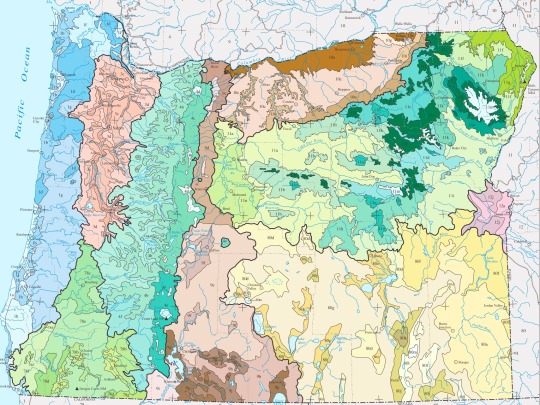
Map showing Level III and IV ecoregions of Oregon, the basis of my training as an Oregon Master Naturalist.
In spite of my criticisms, I do think that Coren was absolutely onto something when he described the effects of using the apps. Seeing the landscape around you turn from a green background to a vibrant community of living beings makes going outside a more exciting, personal experience. I and my fellow nature nerds share an intense curiosity about the world around us. And that passion, more than any app or other tool, is fundamental to becoming a citizen naturalist, Master or otherwise.
Did you enjoy this post? Consider taking one of my online foraging and natural history classes or hiring me for a guided nature tour, checking out my other articles, or picking up a paperback or ebook I’ve written! You can even buy me a coffee here!
#iNaturalist#plant apps#Seek#Merlin#nature#wildlife#plant identification#apps#botany#biology#science#scicomm#science communication#Google Lens#naturalist#Master Naturalist#conservation#environment
639 notes
·
View notes
Text

Foamflower
Tsuruoka, Yamagata, Japan
#art#photographers of tumblr#photography#japan#artists of tumblr#aesthetic#beauty#asia#tsuruoka#yamagata#nature#flower#plantblr#spring#cottagecore#fairycore
52 notes
·
View notes
Text

A foamflower, with spring in full force a lot of flowers are blooming in the forest.
76 notes
·
View notes
Text

Finally here we are with Part 3 in my series of peaceful floral Veilguard companions! Hello there, my future husband Lucanis. Lilacs for Lucanis. Symbolizing renewal, mysticism, love, and death. Others in the series: Davrin, Emmrich Also while you're enjoying all the amazing Veilguard hype, please keep an eye on and show your support for the SAG-AFTRA strike to protect game actors from misuse of A.I. technology!
I need someone to know that I drew about 50,000 different plants for this because I couldn't make a decision on what would fit best. Plants included: white baneberry, foxglove, dahlia, english ivy, wheat, lavender, pomegranate blossom, white lilies, carnations, roses, goldenrod, crow poison, foamflower, and oranges. I read this poem and was like alright, we're going with lilacs. Also, not super happy with this one but the point of the series is to finish and post things - not necessarily to achieve perfection. I've been sitting on this for over three weeks and it was time to just release it into the wild. Either Taash or Neve are up next!
#zambam's veilguard doodles#took some willpower not to hide a worm in here somewhere#is that still a joke I don't keep up with the discord that much#he has one eye open because hes an assassin look there was thought here#dragon age veilguard#lucanis dellamorte#lucanis
10 notes
·
View notes
Text
Night-Blooming Plants

I focus a lot of my craft on lunar magick, so here is a list of my favorite night-blooming plants to put in my moon garden!
Moonflower
This vining perennial is perfect for vertical gardening using a trellis, pergola, or other supportive structure.
Maintenance: low
Water: drought-tolerant
Soil: well-drained soil
can become invasive — keep it in check by removing seed pods before they open
deer-resistant
Evening Primrose
Maintenance: very low
Water: drought-tolerant – little watering
Sun: full sun
Soil: well-drained soil
Night-Blooming Jasmine
Night-blooming jasmine can grow up to 10 feet tall, and its columnar shape is perfect for planting as a privacy screen or windbreak.
Maintenance: low
Water: water regularly
prune to shape
fertilize in summer every few weeks
Four O’Clocks
Maintenance: low
Water: drought-resistant
resistant to disease and pests
fertilize only if leaves turn pale green
Tuberose
Sun: full sun
Soil: well-drained soil
space them 8 inches apart in 2 feet of soil (to accommodate their growth)
add 3-4 inches of mulch to keep the soil moist
use slow-release fertilizer at the beginning of summer
Casablanca Lily
Maintenance: low
Soil: well-drained soil
perennial bulbs
deadhead blooms
Gardenia
Water: when soil feels dry (about twice per week)
Sun: full sun or partial shade
Soil: well-drained soil
flourishes in acidic soil
prune to shape
deadhead blooms
fertilize in summer every couple weeks
Night Gladiolus
Water: not much
Sun: full sun
Soil: well-drained soil
allow plenty of space
Night Phlox
Night Phlox is a low-growing ground cover.
Water: drought-tolerant, water regularly
Sun: full sun
Soil: well-drained soil
in-ground or in containers
Chocolate Daisy
Water: not much
Soil: well-drained soil
not much fertilizer or mulch
deadhead blooms
Evening Rain Lilies
Maintenance: low
Water: moderate
plant 6 inches apart
Foamflower
These perennial plants work great as a ground cover.
Maintenance: low
Water: keep soil moist
Sun: shade
deadhead blooms
resistant to deer, rabbits, disease and pests
Mock Orange
Reaching 10 to 12 feet high and wide, this is one of those night-blooming plants that works perfectly as a privacy hedge around your moon garden.
Maintenance: low
Water: when soil is dry
winter-hardy
fertilize yearly with compost, not nitrogen.
Dame’s Rocket
While grown as a biennial, the Dame’s Rocket can last for years because of its self-seeding nature.
Maintenance: low
Water: water regularly
deadhead blooms
resistant to disease and pests
Like what you see? Consider supporting me! ko-fi.com/thatdruidgal
6 notes
·
View notes
Text

0 notes
Text

tiarella cordifolia heartleaf foamflower albert fw vick jr, 1988, lady bird johnson wildflower center
2 notes
·
View notes
Text
I Am The Weeds In Your Garden
I am the weeds in your garden
I am the thorn trees in your lawn
I am the mulberry trees growing into your yard
Not your neatly mowed lawn of Kentucky bluegrass, nor your hostas or yellow flag iris with such beauty you regard
I am the yarrow and goldenrod
The American chestnut, sumac, and bloodroot
Not your lavender, dandelion, periwinkle, or olive
I am the weeds in your garden
I am not your prized roses
I am trillium and violets
I am red maple and sassafras and poplar
I am the weeds in you garden
I am not clover, or daffodils, or begonia
I am sorrel and raspberry and Canadian ginger
I am prairie smoke, columbine, strawberry, and spicebush
I am the weeds in your garden
I am foamflower, mayapple, phlox, trout lily, coneflower, and bellwort, and crabapple
Not hyacinth, or boxwood, or lilac
I am the weeds in your garden
I am the weeds you can't pull
I am pests you can't kill
I am all the trees you try to cut down
I will grow back stronger and faster and better
There's no keeping me out for long
You call me ugly and bitter
You think me an eyesore at glance
But sometimes the natural can contain more beauty than all of your ugly, invasive plants
#my poem#poets on tumblr#poetry#poem#plants#nature#beauty#native plants#original work#invasive plants
4 notes
·
View notes

